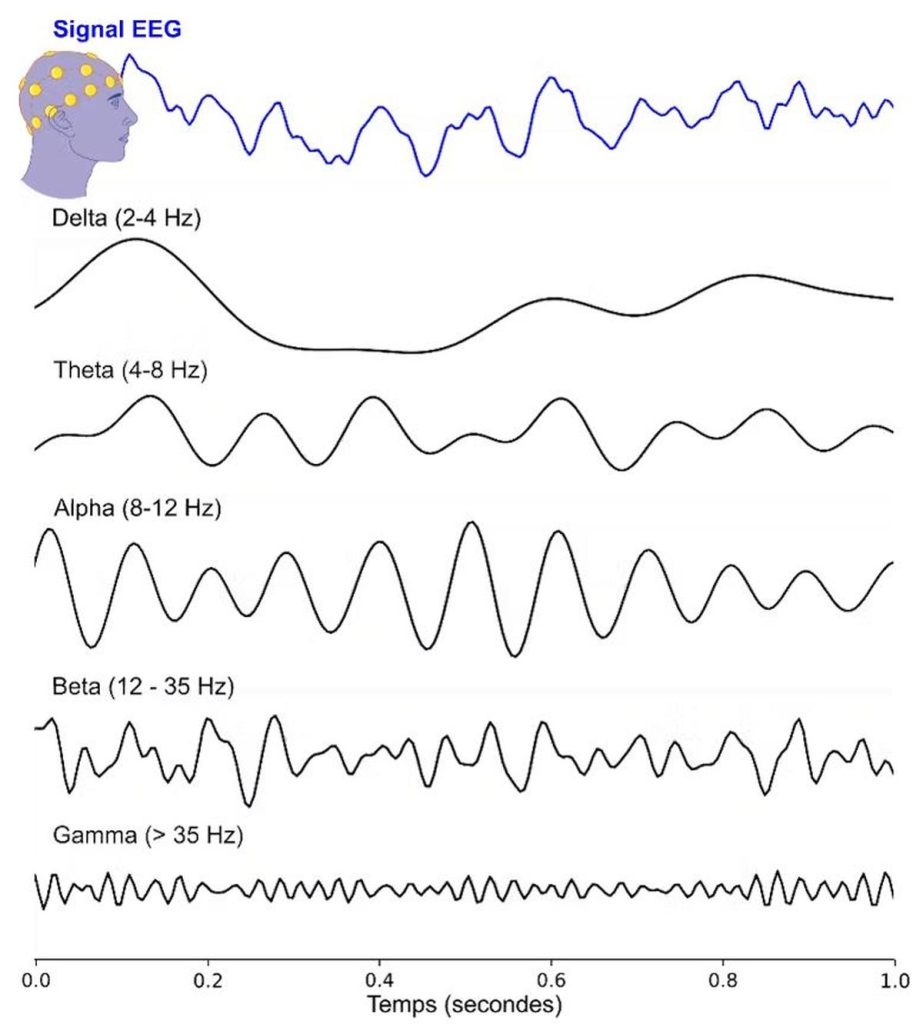If you’ve been captivated by the dystopian world of Severance, you’re not alone. The show presents a thought-provoking premise: a procedure that separates a person’s memories between their work life and private life, creating two distinct identities. But how plausible is this idea based on current neuroscience? Let’s dive into what the science says about the brain activity portrayed in the series.
In Severance, employees of Lumon Industries undergo a procedure that separates their “work self” from their “home self.” These two versions of a person lead completely different lives, with the work self focused solely on work and the home self free from work-related stress. However, the characters soon struggle with this split, and the show explores the potential of reintegrating these two halves of their personalities. In Season 2, one character, Mark Scout, undergoes a procedure to try and merge these two selves. The process involves measuring his brain activity and attempting to synchronize the two separate identities.
Can the Brain Really Separate and Reintegrate Identities?
The show uses electroencephalography (EEG), a technique that places electrodes on the scalp to measure brain activity. In one episode, Reghabi, a rebellious former employee, applies electrodes to Mark’s head, revealing two distinct brainwave patterns that represent his two identities. The idea behind the procedure is to resynchronize these brainwaves, thus allowing Mark’s two “selves” to function as one again.

While this concept might sound far-fetched, it aligns surprisingly well with what we know about the brain’s ability to synchronize neural oscillations—the rhythmic fluctuations in electrical activity. In neuroscience, oscillations like delta, theta, alpha, beta, and gamma waves are linked to different cognitive processes. For example, gamma waves are fast (around 40 Hz) and are associated with high-level cognitive functions like memory and perception, while delta waves are slower (around 2 Hz) and are typically found during deep sleep.
The Role of Synchronizing Brainwaves
The idea of synchronizing brainwaves to integrate two different personalities is rooted in a real cognitive challenge: how does the brain combine and process various pieces of information into a coherent experience? For instance, when we observe a red ball and a grey chair, the brain processes several characteristics of each object—color, shape, motion—at different sites in the brain. Neural synchronization helps the brain pull these diverse pieces of information together, creating a unified experience.
In Severance, the reintroduction of Mark’s two selves is akin to this process of brain synchronization. Just as different brain regions must work together to give us a cohesive experience of the world, Mark’s two identities must be resynchronized to function as a unified whole. This concept is explored in the show as a metaphor for how our brains integrate different aspects of our personality and memories.
Can We Pinpoint a Personality in the Brain?
While the show uses artistic liberties to simplify this complex process, neuroscience suggests that personalities, with all their intricate memories, desires, and emotions, aren’t neatly stored in a specific region of the brain. Instead, various brain regions work together, each contributing different aspects to our cognitive functions. For example, theta, alpha, and gamma waves are involved in attention and memory. The show’s premise of pinpointing a personality to specific brainwaves would be a vast oversimplification.
However, the idea of measuring and manipulating brainwaves is not entirely fictional. Studies, including a famous one involving cats, have shown that different groups of neurons in the brain can synchronize their activity in response to specific stimuli. This synchronization allows the brain to process information more efficiently and is a crucial mechanism for our ability to perceive and interact with the world.
The Real Science of Reintegrating “Two Selves”
In Severance, Mark’s attempt to reintegrate his “work self” and “home self” highlights the difficulty of trying to align two sets of brain activity that are, essentially, operating in parallel. The brain’s oscillations are delicate and complex, and synchronizing them is a risky process. In reality, too much synchronization across brain regions could potentially lead to dangerous side effects, such as seizures.
In the series, a technique known as Transcranial Magnetic Stimulation (TMS) is used to stimulate the brain and attempt to bring these brainwaves into harmony. TMS is a real method used in both research and for treating certain neurological and psychiatric disorders. It involves sending targeted magnetic pulses to specific brain regions to alter brain activity. In the show, the use of TMS results in Mark moving his fingers—something that occurs when TMS is applied to the motor cortex, the area of the brain that controls movement.
Could This Be Possible in the Future?
While the idea of merging two separate personalities by synchronizing brain activity is still firmly in the realm of science fiction, the concept of using TMS to alter brainwaves is a real possibility. However, as scientists know, excessive synchronization could lead to serious problems, such as seizures, because it disrupts the natural balance of brain activity. In fact, this exact scenario might play out in Severance, as Mark experiences some troubling side effects from the procedure.
Conclusion: Science Fiction Meets Real Science
“Severance” offers a fascinating look at how neuroscience might one day help us better understand the complexities of memory, identity, and the brain’s capacity to adapt. While the show takes some artistic liberties in simplifying the process of resynchronizing brainwaves and merging two personalities, the underlying science behind it—neural synchronization and the manipulation of brainwaves—has real-world implications. As research in this field advances, who knows? Perhaps we’re one step closer to understanding how to truly merge different aspects of our selves. For now, “Severance” provides a thrilling glimpse into a world where the boundaries of our identity and consciousness can be altered by science.



